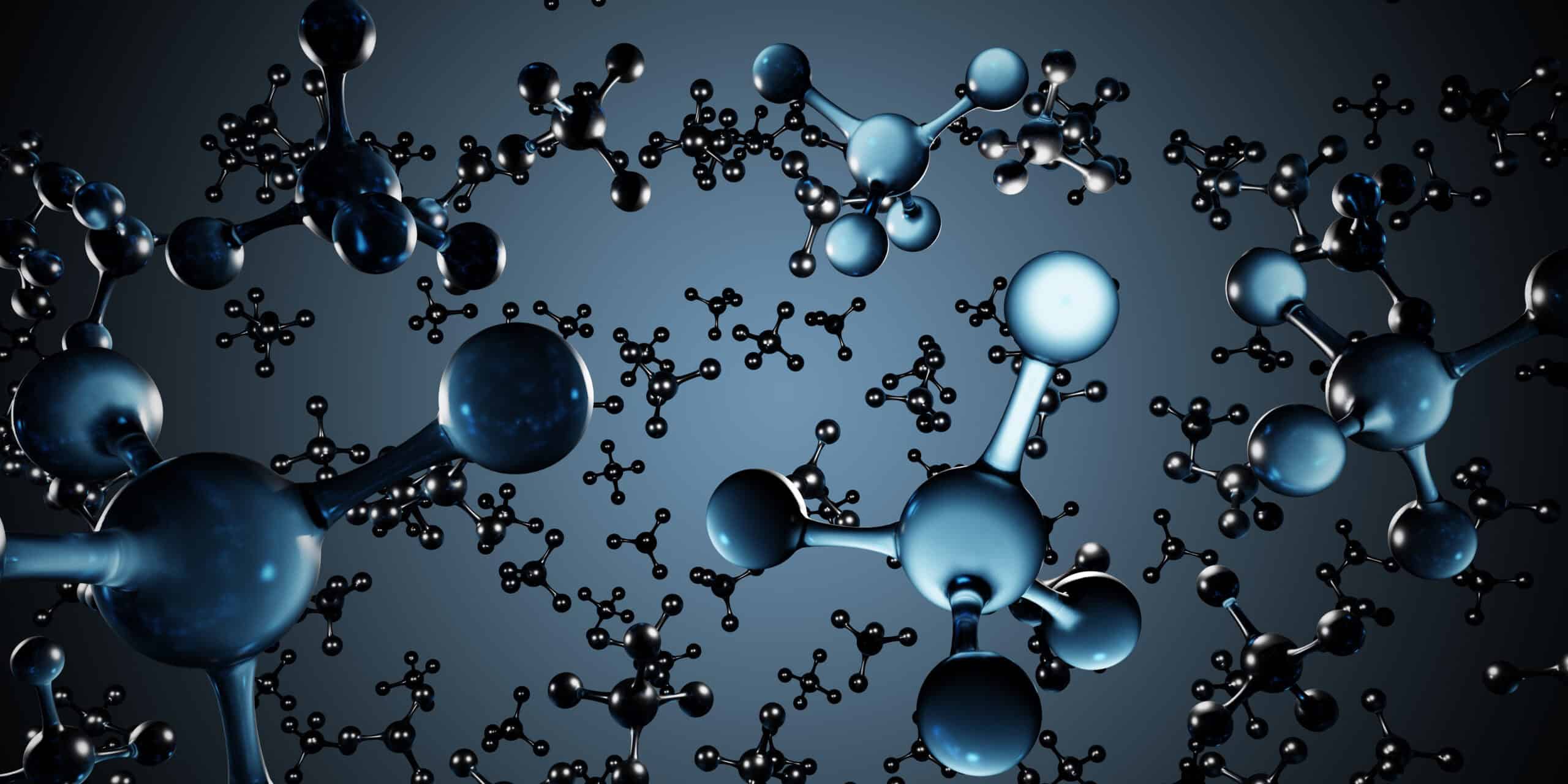Polyfluoroalkyl substances (PFAS) are a diverse group of chemicals used in hundreds of consumer products as well as in firefighting materials. When these chemicals infiltrate the environment, they are known to contaminate water and food sources, posing a risk to public health. In the quest for effective and environmentally friendly solutions, coconut shell activated carbon stands as a cost-effective ally in treating contaminated soil and groundwater.
The Power of Coconut Shell Activated Carbon in Environmental Remediation
Activated carbon, achieved by burning coconut shells, is a versatile adsorbent known for its ability to attract and trap contaminants from liquids and gases. What sets coconut shell activated carbon apart from other groundwater and soil remediation techniques is its exceptional porosity and high surface area. These attributes make it a sustainable and eco-friendly material for water and soil purification.
Through the process of carbonization, where coconut shells are subjected to high temperatures in the absence of air, countless microscopic pores are created to greatly enhance the carbon’s adsorption capacity. The resulting material is activated through a steaming or chemical treatment process to increase its surface area and further optimize its adsorption properties.
How Activated Carbon Works to Remove PFAS
Removing PFAS from soil and groundwater using coconut shell activated carbon relies on the adsorption process in which the porous film on the activated carbon provides an extensive network of binding sites to which the contaminants adhere. When water and soil containing PFAS molecules pass through the activated carbon bed, these pollutants are attracted to the surface of the carbon particles, and electrostatic forces hold them in place.
The unique chemical composition and structural characteristics of coconut shell activated carbon make it a highly effective solution for removing PFAS in the environment. This adsorption process has been widely employed in both water treatment facilities and soil remediation protocols to address the pervasive issue of PFAS contamination.
The Benefits of Coconut Shell Activated Carbon
The controlled burning of coconut shells, known as pyrolysis, not only activates the carbon but also allows for the recovery of energy, making it an eco-friendly alternative to traditional activation methods. The process reduces the environmental impact of water and soil treatment and reduces the carbon footprint of the remediation process.
PFAS removal using coconut shell activated carbon offers many environmental and economic benefits. First, coconut shells are a byproduct of the coconut industry, providing a sustainable and readily available source of raw material. This reduces dependence on nonrenewable resources and promotes a circular economy. In addition, the activation process of controlled burning not only yields high-quality activated carbon but also produces energy that can be harnessed for various purposes. This dual functionality contributes to the overall sustainability of the treatment process and reduces the overall cost of remediation.
Coconut shell activated carbon offers a promising and sustainable solution, promoting both environmental sustainability and economic viability in PFAS cleanups. As we continue to explore innovative approaches to address environmental contamination, coconut shell activated carbon stands as a beacon of hope for a cleaner and more sustainable future.





